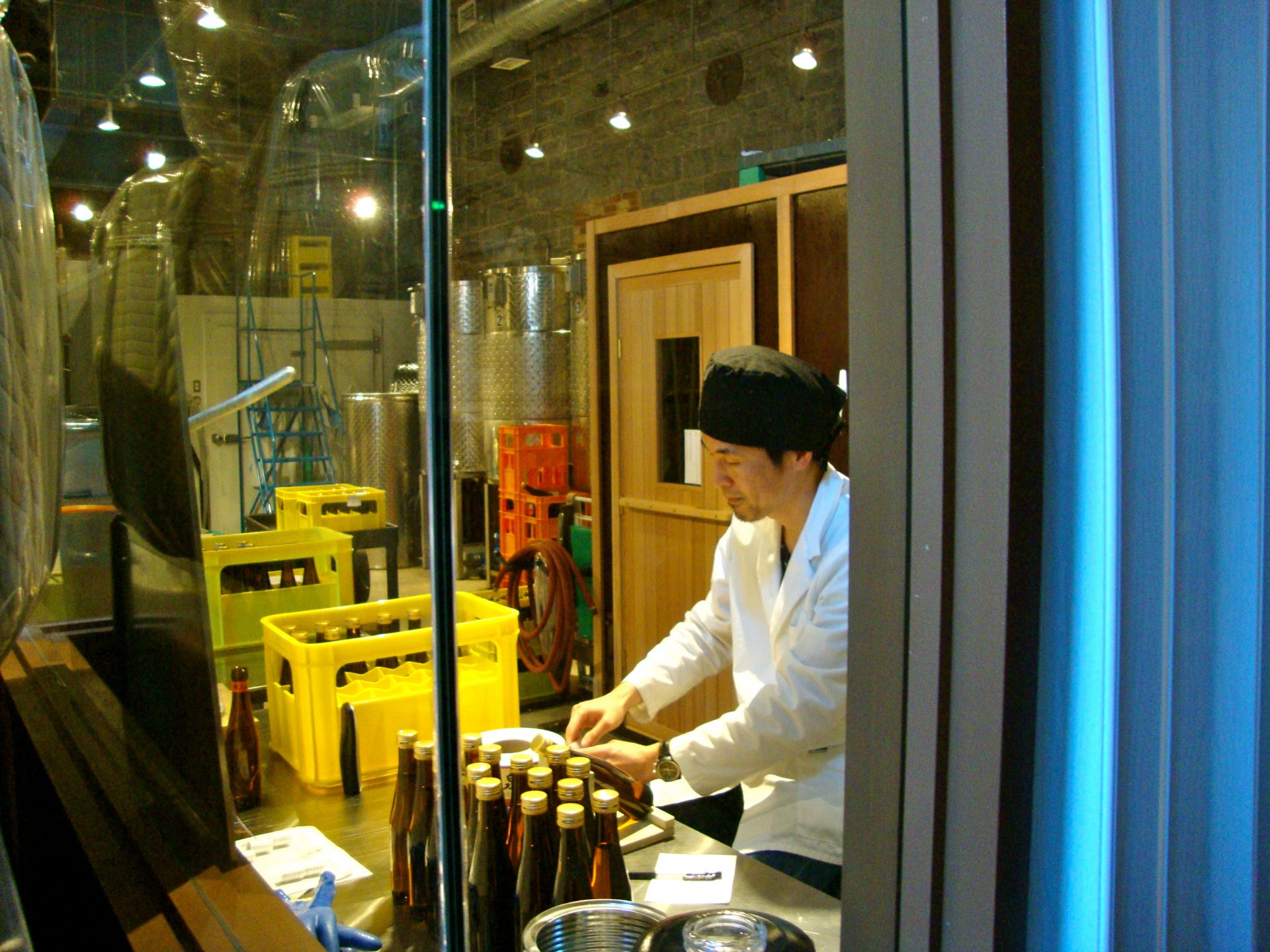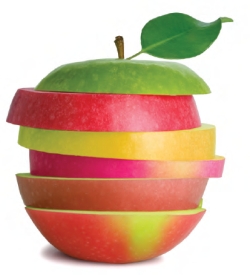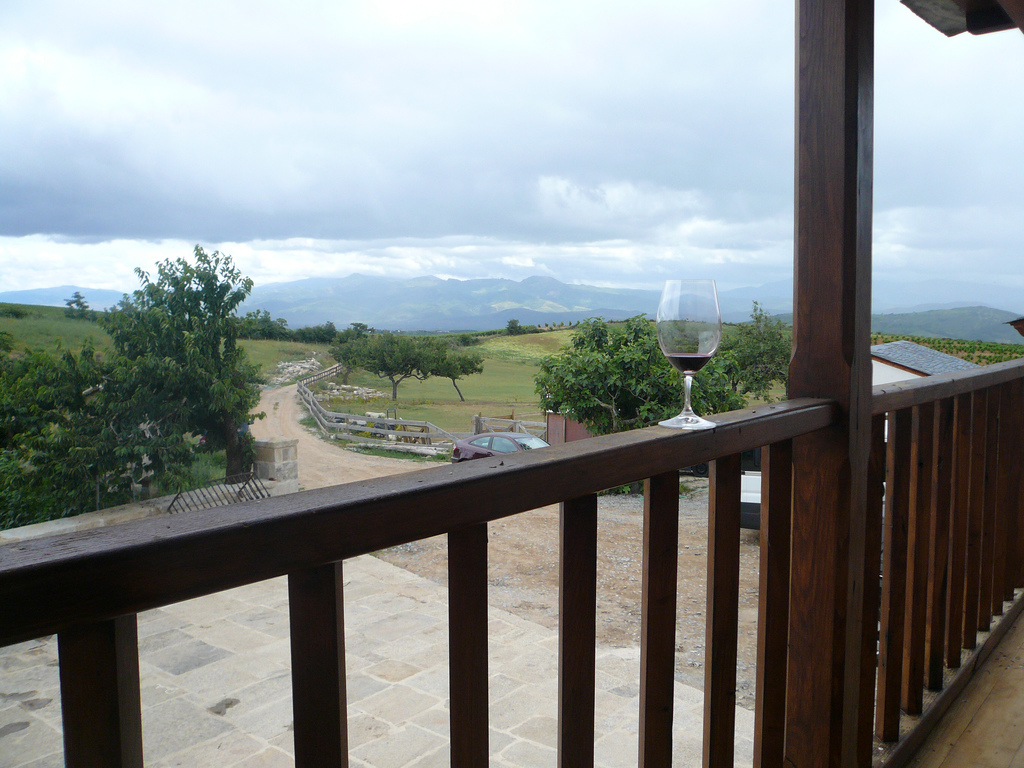By Kylie Meyermann
I would like to take this opportunity to personally thank the Ontario Spring Water Sake Company for changing my alien and Chakra confused sake memories into pleasant ones.
I moved to Toronto four years ago to attend university. I grew up in the small town of New Liskeard, population 1,500 and 200 km from anything remotely urban. I had never tasted curry, never seen a lifeless BBQ pig adorned and hooked in a Chinatown storefront, and pad Thai wasn’t even a word in my vocabulary. My city girlfriends decided that I needed to get ‘cultured’ and they insisted that I go on a date with a boy they deemed ‘culturally in-tuned’. The city boy took me to a sushi restaurant in a Rexdale strip mall, situated between a Money Mart and an empty storefront. Inside, he knew everyone by name and vice-versa. This was supposed to impress me but it only came across as slimy. I quickly concluded that there were many girls getting culture lessons from this city boy.
He ordered the most expensive and exotic items on the menu, elk, frog, flounder; animals I had gullibly believed only existed in Disney movies. An endless array of slimy fish was ushered to our table and I aimlessly picked at the sushi whilst my date rambled on about the existence of aliens, mind control and how I was most certainly a Solar Plexus Chakra. As if the night couldn’t get any worse, my date ordered a round of sake. Impromptu in my hand was a porcelain glass containing steaming sake with the broken yoke of a quail egg . We clinked our glasses to ‘freedom’ and I shot the liquid pack. The sake was burning hot, (which I now know is a big no-no). All of the alcohol had been turned into sugar, the sake was incredibly sweet and paired poorly with the high acidity of the cheap sushi. My teacher told me to savour our delicacy, and I can vividly remember the quail egg oozing between my teeth and spongy on my gums. Needless to say, I have been turned off sake ever since.
Until Ontario Springwater Sake Company changed everything. They offer five sake varieties, Junmai Nama being their specialty. Junmai Nama, (also Nama Nama), marks the first time Torontonians can drink freshly brewed and unpasteurized sake without leaving the city. Unpasteurized sake in Toronto is irregular because it spoils if not kept cool. This makes it extremely expensive to ship over from Japan and makes it virtually impossible to be enjoyed without breaking the bank.
Ontario’s First Home Brewed Sake is located in the Distillery District, where Gibsone Jessop Gallery once held premise. The interior reminds me of the nearby Mill Street Brewery with exposed brick walls, high ceilings, exposed pipe line and a glass encased brewery. I examined the fridge of cool sake, completely stupefied until the store clerk gracefully ushered me to the sake bar and poured me a flute of their three most popular sakes.

The interior reminds me of the Mill Street Brewery; exposed brick walls, high ceilings, exposed pipe line and a glass encased brewery.
Ontario’s First Home Brewed Sake is not only a store or a brewery, but a commonly canteen for sake adorers. Like many of the best wine and beer markets,Ontario Spring Water Sake offers their customers the option to enjoy their sake on premise in either a small or large glass or by a sampling flute. As an adoring suitor of wine, I was pleased to find that each of the three sake’s I sampled were distinguishably different from the last, and subsequently delicious.
The first sake I sampled was Nama-Cho, a warm sake that was sweet, floral and delicate. From experience, many of the warm sakes I have tasted have harsh tannins and a rough acidity that burns my throat and turns my tongue into sand paper. Nama-Cho is kept at a continuous luke-warm temperature that doesn’t convert the alcohol into sugar and maintains a soft sweetness.
The second sake I tried was Genshu Nama. Genshu Nama has higher alcohol and more refined citrus and floral notes. It’s served cold and has a tough of vivid acidity that made my mouth water.
Finally, I tasted Nama Nama. It smelt alcoholic and of glistening honey and lavender. It’s served cold and is definitely the best accompaniment to food of the two later sakes I sampled. I bought a bottle of Nama Nama and served it with fresh halibut and seaweed salad.
Ontario Spring Water Sake has completely changed my opinion of sake. Sake should not be the acidic, slate sake that is served in many of the sushi houses across the city. Sake is much like beer or wine, and drink that is meant to be drank with exceptional food and add enjoyment to your meal.
 Kylie Meyermann is a writer for Good Food Revolution.Follow her on twitter@Kylieswines
Kylie Meyermann is a writer for Good Food Revolution.Follow her on twitter@Kylieswines













Trackbacks/Pingbacks